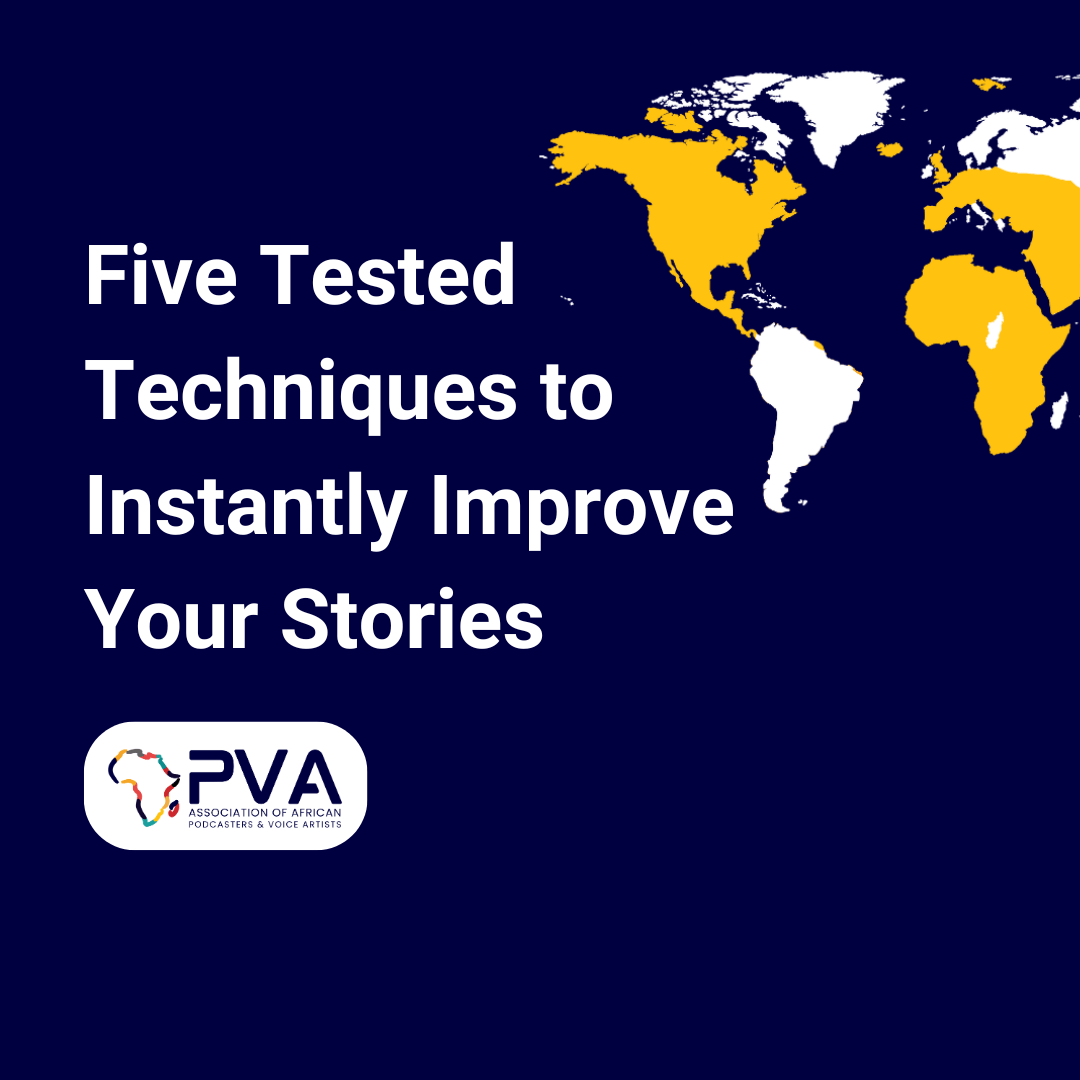Inspired by Philipp Humm
Introduction
Storytelling is one of the most powerful tools to captivate an audience and make your message unforgettable. But while many people believe storytelling is complicated, Philipp Humm explains that great storytelling is actually quite simple —if you know what matters most.
In this guide, we’ll break down five essential storytelling techniques that will instantly enhance your storytelling skills. These techniques will help you craft compelling narratives that engage, entertain, and leave a lasting impact.
1. Set the Location
The best stories start by grounding the audience in a specific place. Instead of launching into events without context, begin by stating where you are.
Examples:
“Two weeks ago, I was sitting on my couch, taking a deep breath.”
“September 2019—I stood in front of a conference room, ready to walk
inside.”
Why it works:
It helps the audience visualize the scene immediately.
It makes the story feel more immersive.
It creates an anchor point for the listener’s imagination.
Common Mistake: Overloading the audience with unnecessary details (e.g., describing every item in the room). Keep it simple—just stating the location is enough.
2. Describe the Actions
Rather than explaining the broader context of a situation, take the audience straight into the action. What were you doing in that moment?
Examples:
“I opened my laptop and started reading an email from my manager.”
“At the airport, I stood in line at security, checking the time.”
Why it works:
It moves the story forward immediately.
It makes the moment feel real and tangible.
It eliminates unnecessary exposition.
Common Mistake: Wasting time on irrelevant background information instead of jumping straight into the scene.
3. Reveal Your Thoughts
Our internal thoughts shape how we experience moments. Sharing them adds depth and relatability to your story. Instead of just stating an emotion, let the audience into your mind.
Examples:
Instead of “I was excited to meet my crush,” say “I thought, ‘Oh my God, this is finally happening!’”
Instead of “I was disappointed with my performance,” say “I thought,
‘Everyone must think I’m an idiot right now.’”
Why it works:
It creates an emotional connection with the audience.
It makes the story feel more personal and raw.
It adds humor and relatability.
Common Mistake: Using thoughts that sound too polished or intellectual (e.g., “I thought, ‘This represents a strategic opportunity.’”). Keep your thoughts natural and unfiltered.
4. Show the Emotion
Instead of simply telling your audience how you feel, demonstrate it through body language and behaviour. This makes emotions more visual and engaging.
Examples:
Instead of “I was relieved,” say “I leaned back and let out a deep sigh.”
Instead of “He was anxious,” say “He kept tapping his pen on the table glancing at the clock every few seconds.”
Why it works:
It makes the emotion tangible and visual.
It helps the audience feel the moment rather than just hear about it.
It strengthens the emotional impact of the story.
Common Mistake: Simply stating an emotion without any supporting detail (e.g., “I was nervous.”). Instead, show what nervousness looks like.
5. Use Dialogue
Adding direct dialogue makes your story feel dynamic and real. Instead of summarizing conversations, share the exact words that were spoken.
Examples:
Instead of “My friend was disappointed,” say “He looked at me and said,
‘That was a disaster.’”
Instead of “My manager was happy with my work,” say “She smiled and said, ‘That was the best presentation you’ve ever given!’”
Why it works:
It makes the story feel alive and engaging.
It gives characters more personality.
It helps the audience feel like they’re part of the moment.
Common Mistake: Writing stiff or overly formal dialogue (e.g., “I am very dissatisfied with the execution of this project.”). Keep it natural and
conversational.
Bringing It All Together
Let’s see how these five techniques work in action through a short story from Sarah Willingham, a British entrepreneur:
“In my mid-20s, I was running acquisitions for Pizza Express. I walked into a meeting room two minutes late. The lawyer
across the table looked up and said, ‘Oh, thank goodness for that. Mine’s a white with one sugar, please.’
I thought, ‘Okay, this is a moment.’ I walked to the coffee
machine, made him a coffee, and placed it in front of him.
Then, I turned to the group and asked, ‘Would anybody else like a coffee?’
Nobody said a word. So, I made myself a coffee, sat back
down, and looked him straight in the eye. His face drained as he realised his assumption. That was the moment I understood —being underestimated is a superpower. Guess who walked out with the deal?”
Did you notice how this story:
Stated the location (meeting room)
Described actions (walking in, making coffee, sitting down)
Shared thoughts (‘Okay, this is a moment’)
Showed emotion (his face drained)
Used dialogue (‘Would anybody else like a coffee?’)
This is how you tell an insanely good story.
Final Thoughts
Great storytelling doesn’t have to be complicated. By incorporating these five techniques, you can instantly make your stories more engaging, relatable, and impactful.
Recap of the Five Key Storytelling Techniques:
Location: Set the scene and let the audience visualise it.
Actions: Take listeners directly into the moment.
Thoughts: Share raw, unfiltered thoughts for relatability.
Emotions: Show emotions through body language and reactions.
Dialogue: Use direct speech to bring conversations to life.
By mastering these techniques, you’ll be able to captivate any audience and make your stories truly unforgettable. Start practising today, and see how your storytelling skills improve!





